Marine Rifle Company (28 March 1941)
Battalion: An Organizational Study of United States Infantry
The estate of the late John Sayen has graciously allowed The Tactical Notebook to serialize his study of the organizational evolution of American infantry battalions. For guides to other posts in this (very long) series, please visit The Gateway.
When depicted with NATO-style squad symbols, the structure of the US Marine Corps rifle company adopted on 28 March 1941 bears a strong resemblance to the US Army rifle company authorized by the tables of organization of 1 October 1940. Indeed, the only obvious difference between the two rifle companies lies in the realm of the 60mm mortar. Where the mortar section of the weapons platoon of the Army rifle company consisted of three squads armed with that weapon, its Marine Corps counterpart had but two.
Upon closer inspection, however, other differences between the two types of rifle company appear. For one thing, the authorized strength of the Army rifle company (6 officers and 217 soldiers) exceeded that of the Marine company (6 officers and 172 Marines) by 45 enlisted men. For another, where the Army rifle company was authorized to half-ton weapons carrier trucks, the Marine rifle company rated no motor vehicles at all.
In terms of overall size, the headquarters of the Marine rifle company (2 officers and 22 Marines) resembled that of the Army rifle company (2 officers and 19 men.) In terms of internal organization, however, the two units differed somewhat. Where seven members of the Army rifle company prepared meals for their comrades, only four Marines performed such duties. Where the Army rifle company had but a single bugler, the Marine rifle company rated two field musics. Where all of the soldiers assigned to the headquarters of an Army rifle company were assigned to specific jobs, seven men in the Marine rifle company bore the generic designation of “privates, other duty.”1
The difference in size between the weapons platoons of Army and Marine Corps rifle companies stemmed from three causes. First, the platoon headquarters of the Army weapons platoon was larger, by three privates, than its Marine Corps analogue. (Two of these privates drove the half-ton weapons carrier trucks.) Second, where the Army mortar section had three five-man mortar squads, the Marine mortar section had but two five-man elements of that sort. Third, while each of the two section headquarters (one for the mortar section and one for the light machine gun section) of the Army weapons platoon consisted of a sergeant and three men, the sergeant in charge of each section of the Marine Corps weapons platoon made do without any assistants.
Like the Army rifle platoon of 1 October 1940, the Marine rifle platoon of 28 March 1941 consisted of a headquarters, an automatic rifle squad, and three rifle squads. The automatic rifle squads of the Army and Marine rifle platoons were organized and equipped in the much the same way, with other elements of Army rifle platoon were much larger than their Doppelgänger in the Marine Corps.2
The rifle squads of the Army rifle platoon consisted of a sergeant, a corporal, and ten privates. Those of the Marine Corps rifle platoon rated a corporal and eight privates. (Neither the Army nor the Marine Corps made any provision for the division of squads into smaller elements.)
The headquarters of the Army rifle platoon had a lieutenant, a platoon sergeant, a platoon guide (who also ranked as a sergeant), and seven privates. That of the Marine Corps rifle platoon also had a lieutenant and two sergeants. However, it only enjoyed the services of four privates.
For More about the Marine Infantry Regiment of 28 March 1941:
Related Article:
To Support, Subscribe, or Share:
Something tells me that the “other duty” Marines often found themselves working on the chow line.
The automatic rifle squad of the Army rifle platoon consisted of a sergeant, a corporal, and six privates. That of the Marine Corps consisted of a corporal and seven privates. The automatic rifle squads of both services were each provided with three Browning automatic rifles.




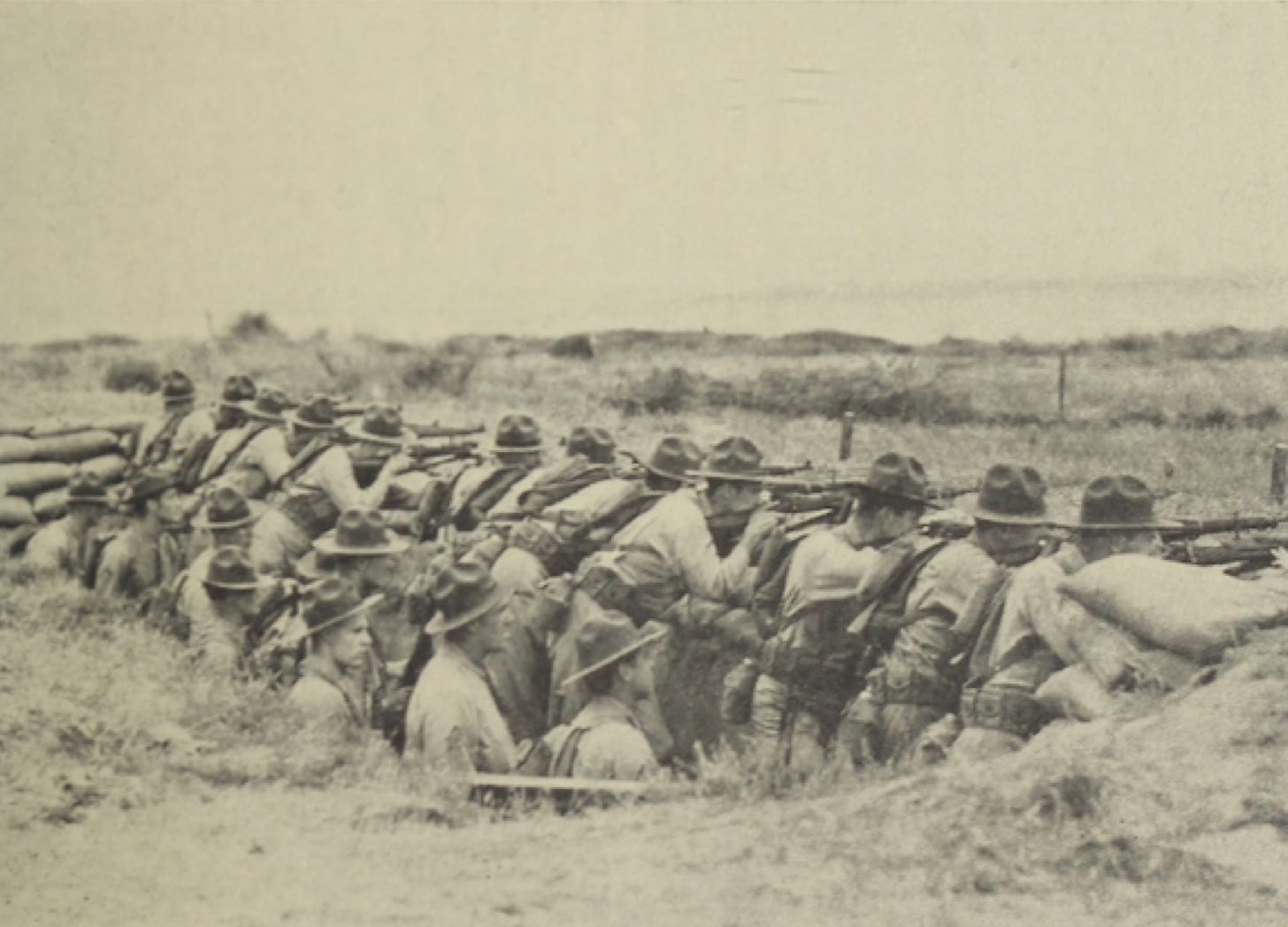
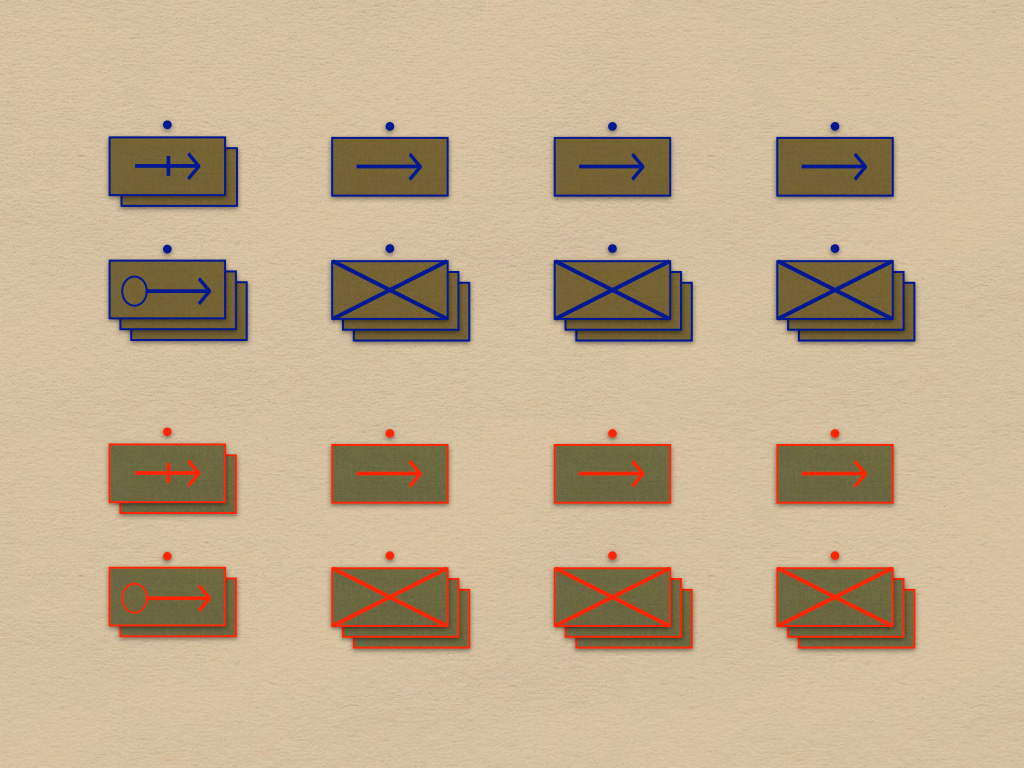
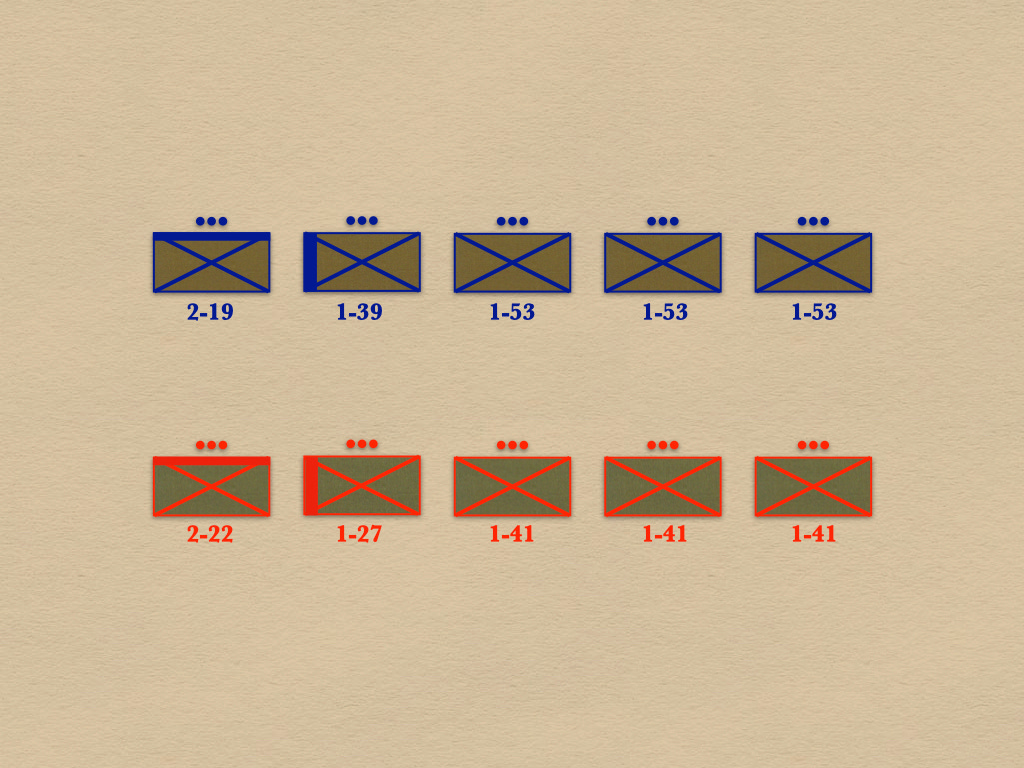
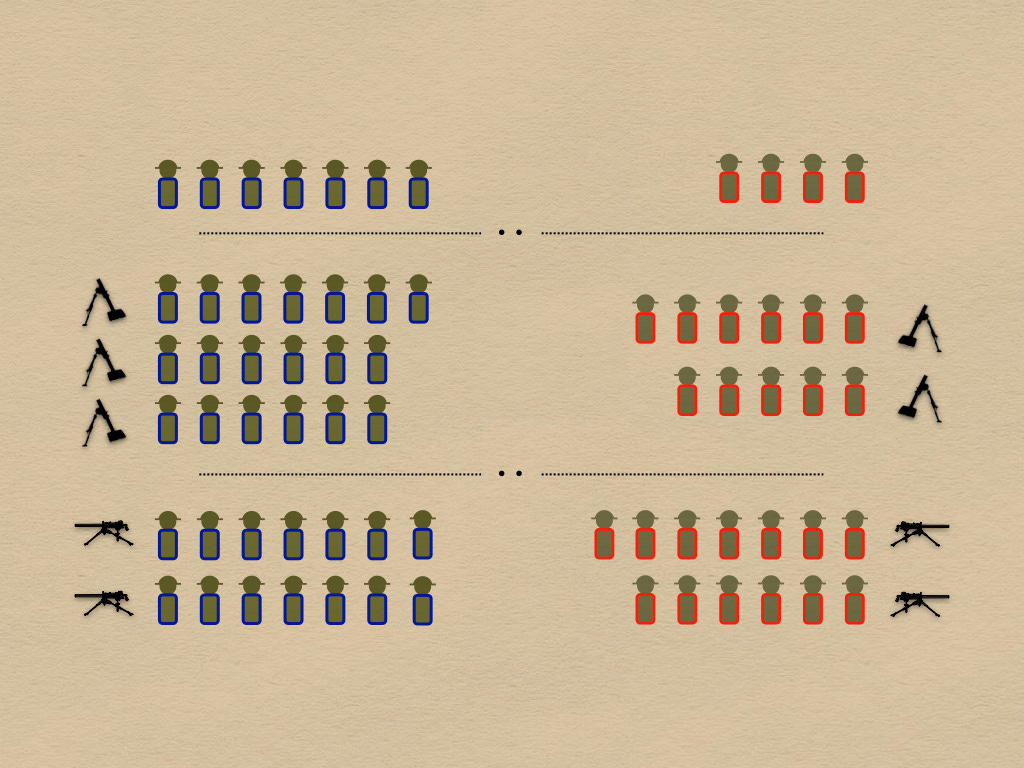
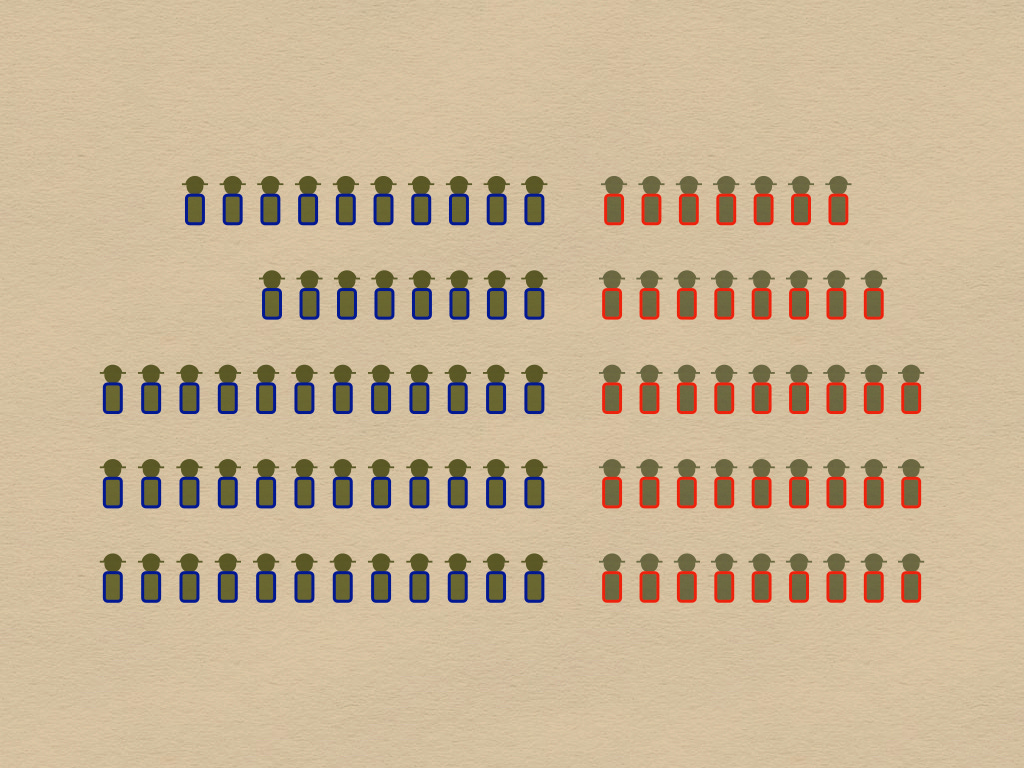
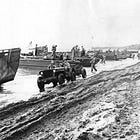
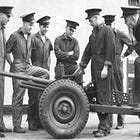


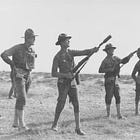
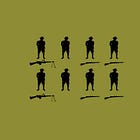

Bruce, enjoyed reading this. While I'm no expert on the wartime TO&Es, I can say that the numerical variance of the Army/Marine rifle company still held true until the reorganization associated with the F-100 Series March '44, which included the elimination of the Weapons Company from the battalion. I'm curious whether that is the primary reason for that variance.
Fox Co, 2/23, for example, received 46 Marines from the Weapons Company, "H" Co. as permanent company members on 3 March '44. That generally brought the company up to newly prescribed strength -- slightly less. And, as you note, a signature of that reorganization was the creation of the four-man fire team. It was really this change for which the veteran leaders of Guadalcanal were calling...including Merritt Edson and Lew Walt.
What gets truly fascinating (and bewildering) is that further additions from the F-100 such as flamethrowers, bazookas, and later, assault demolitions led different rifle companies, even within the same battalion, to create their own organizational solutions to putting those weapons to work. What we'll find is that the TO&E prescribed the weapons in the rifle company, but did not provide for specific personnel to operate or service them. So they found their own solutions. RCT 24 reported something of a unified solution throughout, but we know that "E" and "F" 2/23 organized differently.